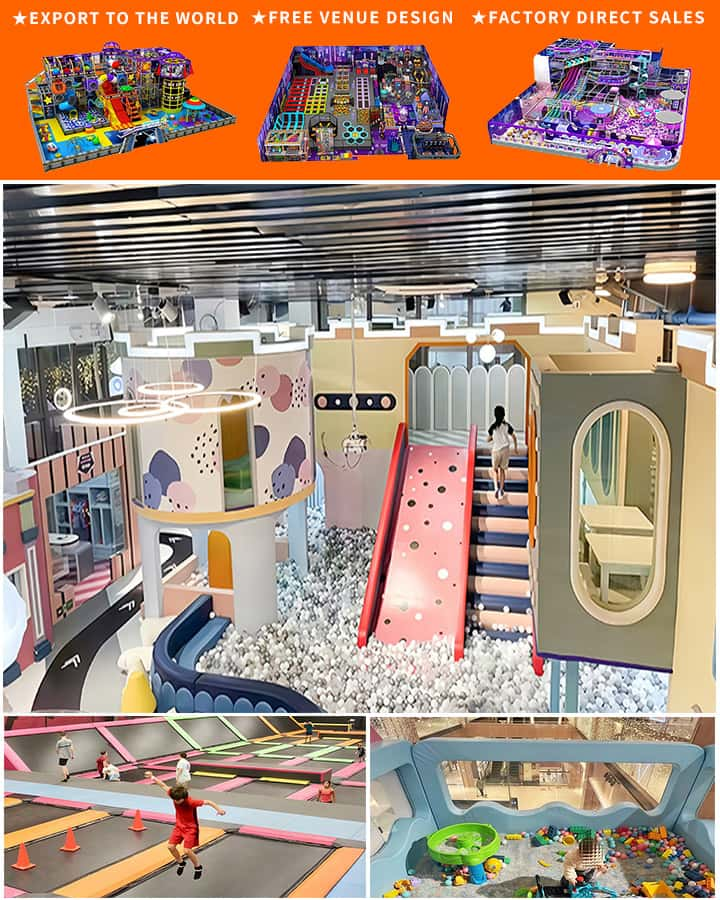Starting an indoor playground can be a rewarding and exciting venture. With increasing numbers of parents seeking safe and stimulating environments for their children, now is the perfect time to delve into this booming industry. This guide will walk you through the essential steps to get your indoor playground off the ground and ensure its success.
Market Research and Planning
Understand Your Market
Before starting any business, it’s crucial to conduct thorough market research. Identify your target demographic by focusing on the age group of the children who will frequent your playground. Typically, indoor play areas cater to toddlers up to around 12 years old. Additionally, consider geographic factors such as population density and local competition.
Business Plan Development
A solid business plan is the backbone of any successful venture. Outline your mission statement, business objectives, and strategies for growth. Include financial projections, marketing plans, and operational workflows to ensure you have a clear roadmap to follow.
Location and Setup
Choose the Right Location
Selecting the right location is critical for attracting customers. Look for a site with high visibility, ample parking, and easy access. Shopping malls, community centers, and standalone retail locations are popular choices. Ensure that the facility is easily accessible to families and has sufficient space for the playground equipment and amenities.

Designing the Play Area
The design of your indoor playground should be both functional and engaging. Incorporate a variety of play structures like slides, climbing walls, ball pits, and interactive games. Ensure that the layout promotes safety and allows for smooth traffic flow. Bright colors, themed areas, and soft furnishings can make the space more inviting.
Safety First
Compliance with Regulations
Safety is paramount in an indoor playground. Familiarize yourself with local regulations concerning indoor playgrounds. These may include fire codes, sanitation standards, and child safety protocols. Regularly inspect and maintain equipment to ensure it remains in excellent condition.
Staff Training
Hire friendly, responsible staff who can supervise the children while they play. Conduct comprehensive training sessions covering emergency procedures, first aid, child psychology, and customer service. Well-trained staff contribute significantly to a positive experience for both parents and children.
Marketing Strategies
Building Brand Awareness
Develop a strong brand identity for your indoor playground. Create a memorable logo, choose appealing color schemes, and design engaging marketing materials. Leverage social media platforms to reach potential customers and showcase your unique selling points.
Community Engagement
Partner with local schools, preschools, and parent groups to create a loyal customer base. Host events such as story hours, birthday parties, and open houses to attract new visitors. Offer special promotions or loyalty programs to encourage repeat business.
Sustaining Success
Customer Feedback
Regularly solicit feedback from your customers to understand their needs and preferences. Use this information to make improvements and introduce new features that enhance the overall experience.
Adapting to Trends
Indoor playground trends evolve over time. Stay informed about the latest developments in play equipment, technology integration, and educational play concepts. Be willing to innovate and adapt to keep your playground relevant and appealing.
Conclusion
Starting an indoor playground requires careful planning, a commitment to safety, and a passion for creating joyful experiences for children. By following these guidelines and remaining dedicated to excellence, you can build a thriving indoor playground that stands out in the market and delights families for years to come.




